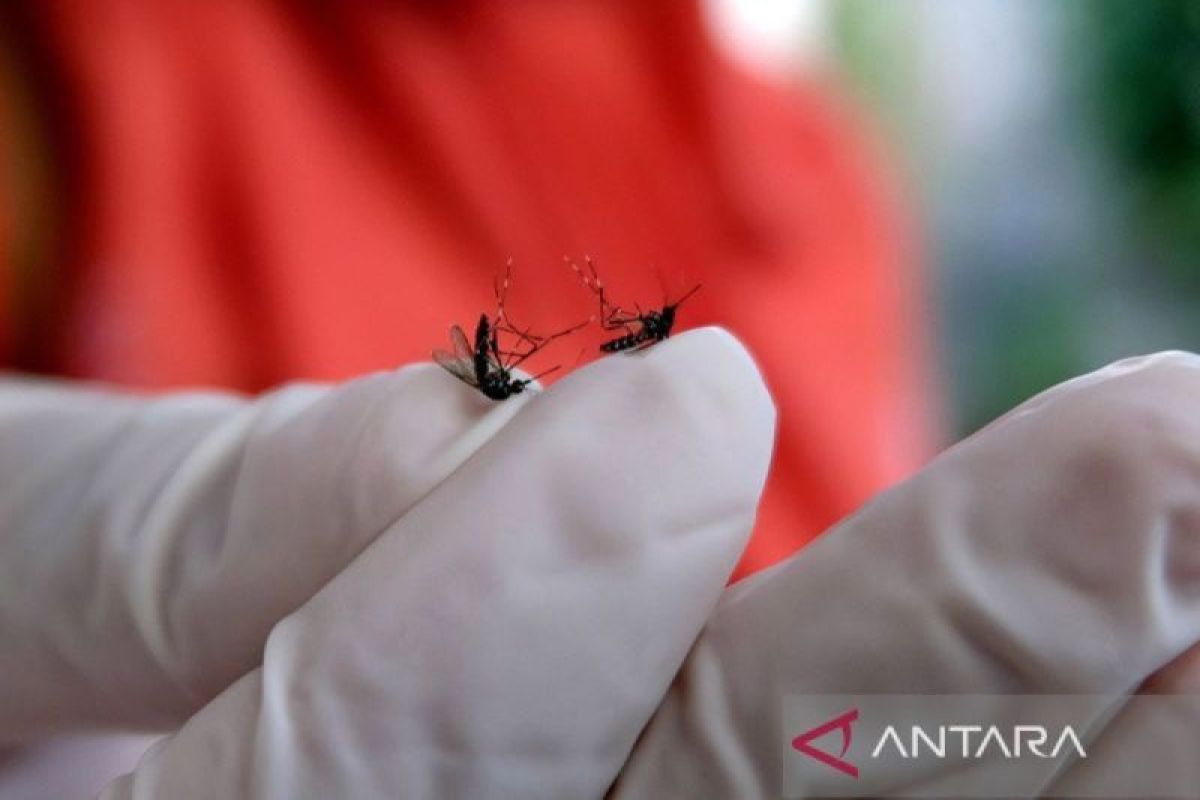Dengue fever is a serious viral disease that is transmitted to humans through the bites of infected mosquitoes. The two main species of mosquitoes responsible for spreading dengue fever are Aedes aegypti and Aedes albopictus. These mosquitoes are commonly found in tropical and subtropical regions, including Indonesia.
While both Aedes aegypti and Aedes albopictus can transmit dengue fever, there are some key differences between the two species. Aedes aegypti is the primary vector for dengue fever in urban areas, while Aedes albopictus is more commonly found in rural and suburban areas. Aedes aegypti is also known to be more efficient at transmitting the dengue virus compared to Aedes albopictus.
One of the main differences between Aedes aegypti and Aedes albopictus is their breeding habits. Aedes aegypti prefers to breed in clean, stagnant water found in containers such as flower pots, buckets, and discarded tires. On the other hand, Aedes albopictus can breed in a wider range of habitats, including natural water sources like tree holes and bamboo stumps.
Another key difference between the two mosquito species is their feeding behavior. Aedes aegypti is known to be a daytime biter, preferring to feed during the early morning and late afternoon. Aedes albopictus, on the other hand, is more active during dawn and dusk, as well as at night.
Despite these differences, both Aedes aegypti and Aedes albopictus are capable of transmitting the dengue virus to humans through their bites. Symptoms of dengue fever include high fever, severe headache, joint and muscle pain, and rash. In severe cases, dengue fever can lead to dengue hemorrhagic fever, which can be life-threatening.
Preventing the spread of dengue fever involves eliminating mosquito breeding sites, using insect repellent, and wearing long-sleeved clothing to protect against mosquito bites. It is important for individuals living in dengue-endemic areas, such as Indonesia, to take precautionary measures to reduce their risk of contracting the disease.
In conclusion, Aedes aegypti and Aedes albopictus are two mosquito species that play a significant role in the transmission of dengue fever. Understanding the differences between these two species can help in implementing effective control measures to prevent the spread of this potentially deadly disease.
